On July 1, households and businesses in the Tokyo metropolitan area of Japan began implementing an electricity-saving period from July to August as the power supply here is forecast to be limited during this time.
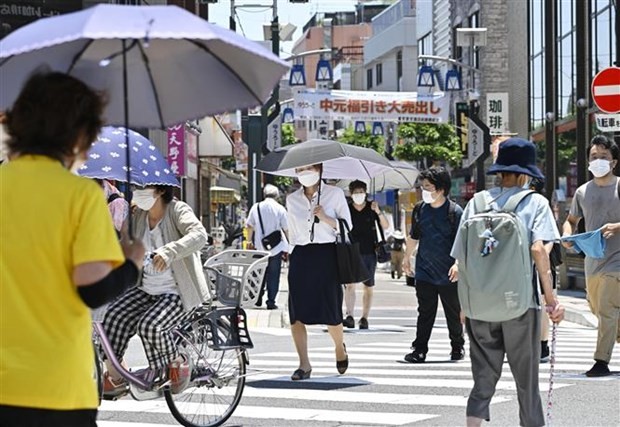 |
| Japanese people move around in hot weather in Tokyo. (Source: Kyodo) |
The Japanese government has issued a power-saving request based on forecasts that the reserve power capacity ratio in the area managed by Tokyo Electric Power Company (TEPCO) could fall to 3.1 percent in July, just above the minimum level needed to maintain stable supply if a once-in-a-decade extreme heat wave hits the area.
Japan's Meteorological Agency predicts the country could face a hotter summer due to the El Nino climate phenomenon and other factors.
According to the Ministry of Economy , Trade and Industry, as electricity demand may fluctuate by about 3% from the above level, it is necessary to ensure at least a 3% reserve. The ratio is forecast to increase to 4.8% in August in the area under TEPCO's responsibility, while in other areas it is forecast to be above 5% in July and August.
Last year, the Japanese government asked for nationwide power saving for the three months of July, August and September, but the latest request focuses only on the capital area managed by TEPCO.
Last summer's power-saving request was the first issued by the Japanese government since fiscal 2015, when all nuclear reactors were shut down following the 2011 Fukushima nuclear power plant disaster.
In addition to the Tokyo metropolitan area, TEPCO also manages the prefectures of Kanagawa, Saitama, Chiba, Tochigi, Gunma, Ibaraki, Yamanashi and part of Shizuoka.
Source



![[Photo] Readers line up to visit the photo exhibition and receive a special publication commemorating the 135th birthday of President Ho Chi Minh at Nhan Dan Newspaper](https://vphoto.vietnam.vn/thumb/1200x675/vietnam/resource/IMAGE/2025/5/17/85b3197fc6bd43e6a9ee4db15101005b)

![[Photo] Prime Minister Pham Minh Chinh chairs meeting on science and technology development](https://vphoto.vietnam.vn/thumb/1200x675/vietnam/resource/IMAGE/2025/5/17/ae80dd74c384439789b12013c738a045)
![[Photo] More than 17,000 candidates participate in the 2025 SPT Competency Assessment Test of Hanoi National University of Education](https://vphoto.vietnam.vn/thumb/1200x675/vietnam/resource/IMAGE/2025/5/17/e538d9a1636c407cbb211b314e6303fd)

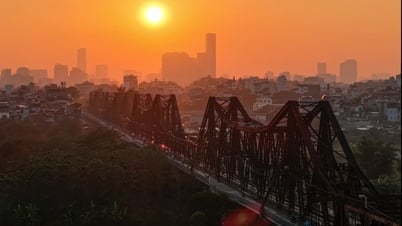



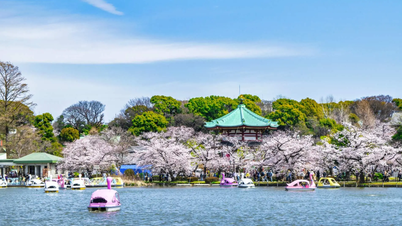




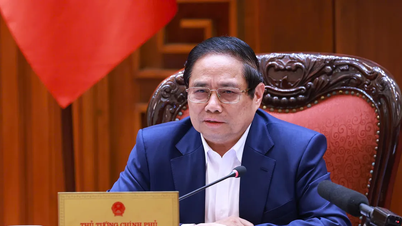

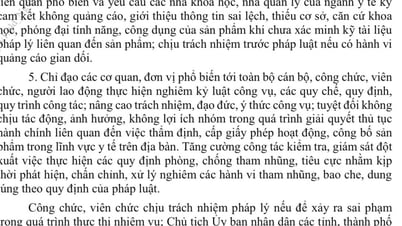





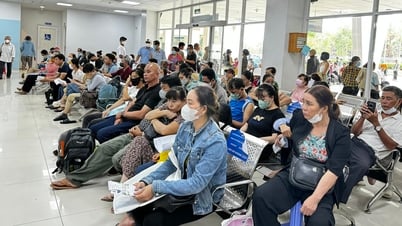






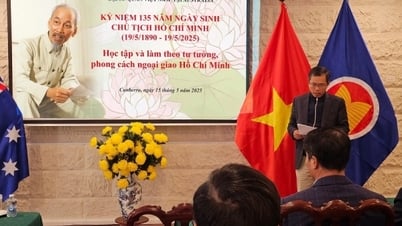

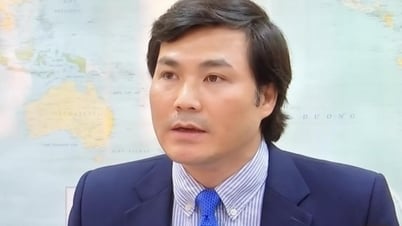

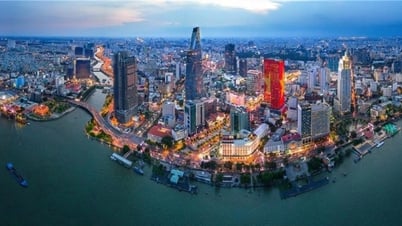
![[Photo] Nearly 3,000 students moved by stories about soldiers](https://vphoto.vietnam.vn/thumb/1200x675/vietnam/resource/IMAGE/2025/5/17/21da57c8241e42438b423eaa37215e0e)




































































Comment (0)